vol.
016
MARCH
2017
vol.016 / Special
Tokyo Records
Record No. 004: Movie
In this column, we delve into data and documents that reveal new facets of Tokyo. Our theme this time is movies. Japan’s first movie dates to 1897, when cameraman Shiro Asano captured the atmosphere of the Nihonbashi district in Nihonbashi no testudo basha [The Horsecar of Nihonbashi]. In 1903, Japan’s first permanent movie theater, the Denkikan, opened in Asakusa, spurring the film industry to further development. The 9 numbers below provide a glimpse into the movie world of Tokyo, the birthplace of Japanese cinema.
Number of films released in Tokyo last year*1
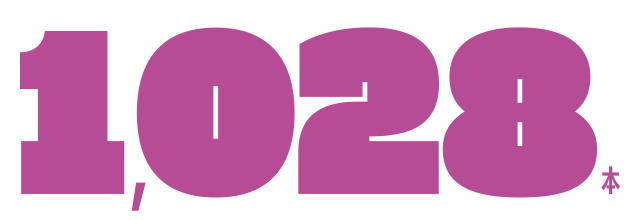
In 2016, an average of 3 films were released every day. Of the 1,028 released in total, 500 were Japanese films and 528 were foreign films. 209 of those came from the United States, which was the top source of foreign films.
Number of people who saw a movie at a Tokyo theater in 2014*2
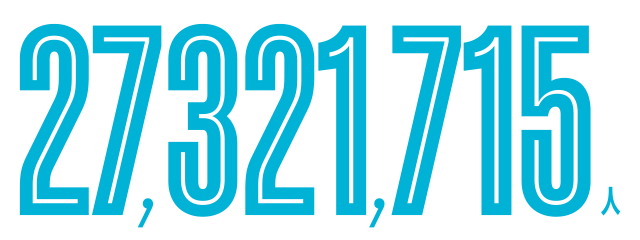
The Japan-wide total was 171,670,710, of which Tokyo movie-goers made up approximately 16%. That works out to about 74,854 people seeing a movie in Tokyo on any given day.
Length, in minutes, of the longest film ever shown in Tokyo*3
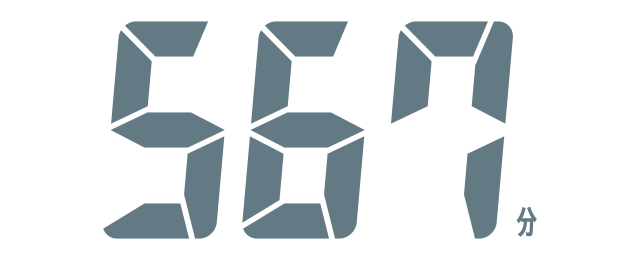
Shoah (France, 1985) was screened in Tokyo for the first time in 1995, and again in 2015 at the Image Forum theater. The 4-part documentary is about the Holocaust.
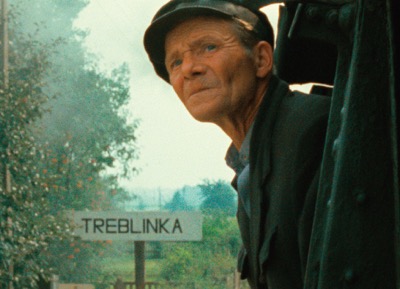
Number of film studios in Tokyo*1
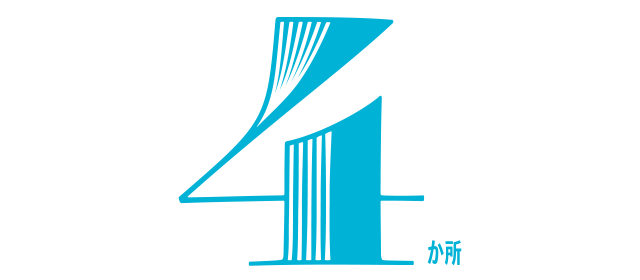
The four studios are Toei, in Oizumi; Toho Studios, in Seijo; Nikkatsu, in Chofu; and Kadokawa Daiei Studio, in Chofu. Chofu calls itself the “movie town.”
Number of seats in Tokyo’s biggest theater*3

This is the number of seats in theater 1 at Toho Cinemas Nichigeki, in Yurakucho. The truly gigantic screen measures 7.2 m by 17.3 m, the equivalent of the floor space in a largish apartment. When it was open, the now-shuttered Shinjuku Tokyu Milano theater held the record with 1,500 seats.

Number of movie screens in Tokyo*4
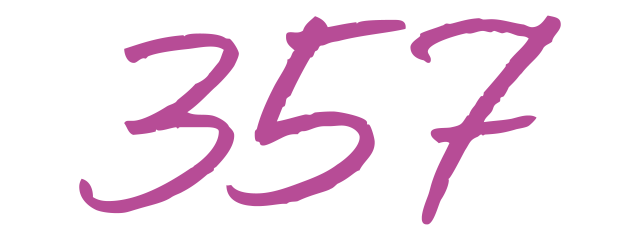
This represents 10% of the 3,472 screens in Japan. 136 have 3D capability, and 266 are in multiplexes, which started to spread in 2000.
Number of repertory cinemas in Tokyo*5
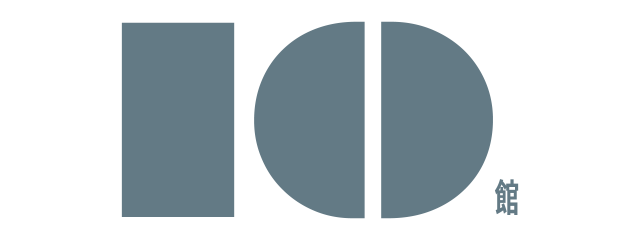
Specializing in classic films, theaters like Shin-Bungeiza and Waseda Shochiku typically offer double or triple features for a reasonable admission prices of around 1,000 yen. Since these theaters have a free hand in selecting films, each one has a unique character.
Length, in days, of the longest run for a film in Tokyo*1

West Side Story set the record with a run at Marunouchi Piccadilly that lasted nearly a year and a half, from December 23, 1961 to May 17, 1963. Based on a Broadway musical, the movie was a big hit in both Japan and the U.S.

©2014 Metro-Goldwyn-Mayer Studios Inc. All Rights Reserved. Distributed by Twentieth Century Fox Home Entertainment LLC.
Number of movies with “Tokyo” in their title*1, 6
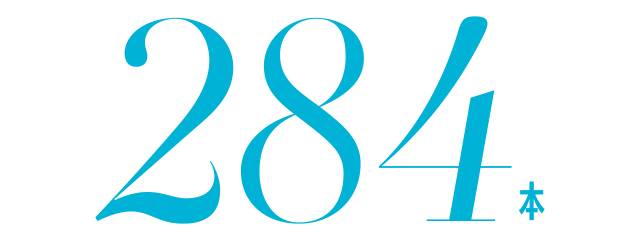
This figure includes all films released between 1920 and 2016. There’s plenty of variety among the titles, which range from Uchujin Tokyo ni Arawaru [Warning from Space] (1956, Dir. Koji Shima), to Tokyo Chika Aidoru [Tokyo Underground Idols] (2015, Dir. Kyohei Kikuchi).
*1 . . . Data provided by Kinema-Junposha Co., Ltd. (2016 year-end data)
*2 . . . Source: 2015 Survey of Selected Service Industries (Ministry of Economy, Trade and Industry) www.meti.go.jp/statistics/tyo/tokusabizi/result-2/h27/pdf/h27report23.pdf
*3 . . . Editorial department research
*4 . . . Source: Motion Picture Producers Association of Japan website (2016 year-end data)
www.eiren.org/toukei/screen.html
*5 . . . Reference: Keiichiro Aoki, Showa no Tokyo Eiga wa Meigaza [Repertory Cinemas in Showa Tokyo] (Wides Shuppan)
*6 . . . This count includes Tokyo, TOKYO, tokyo, 東京, とうきょう, トウキョウ and トーキョー.
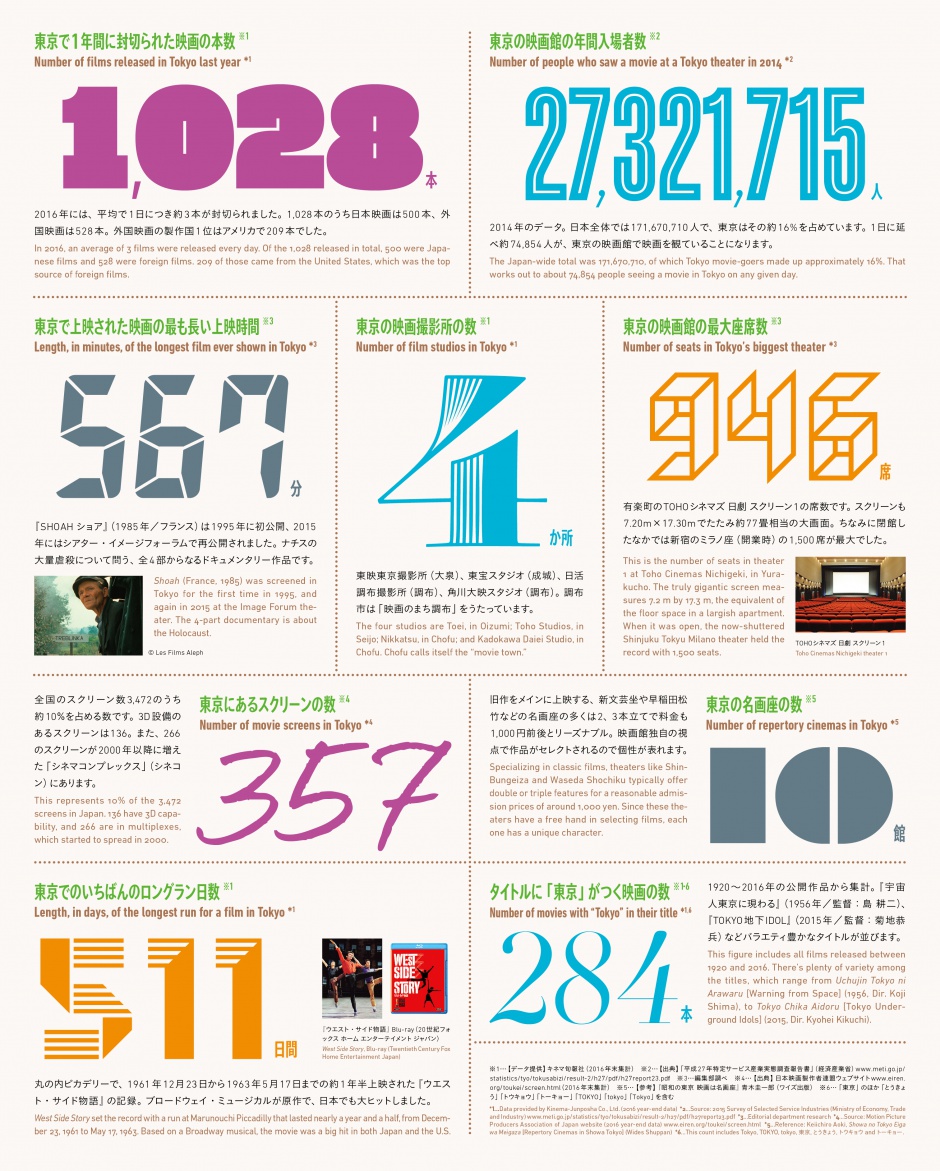
Editing & Written by Playce
Translation: Office Miyazaki, Inc.



